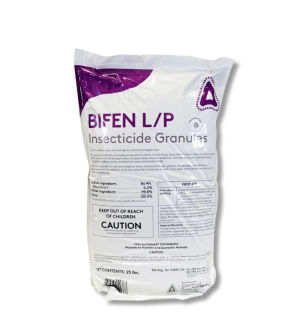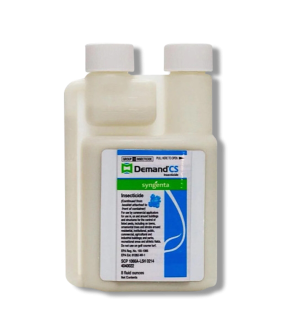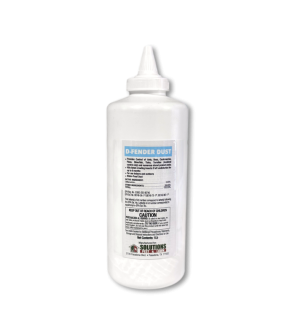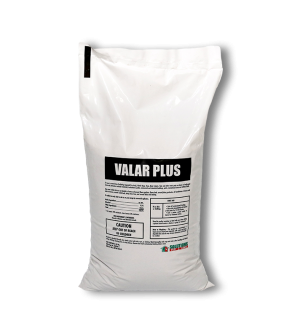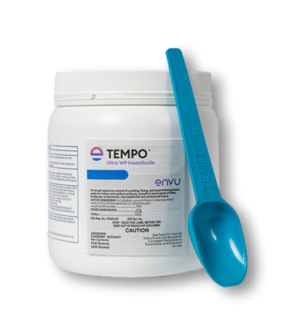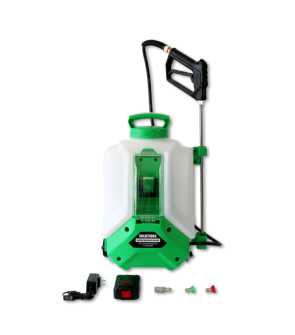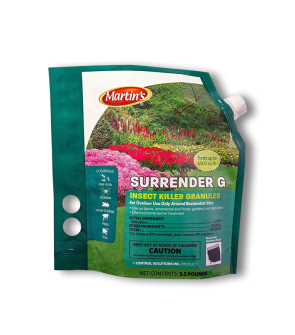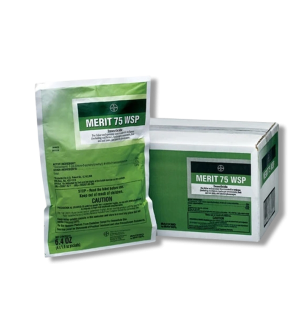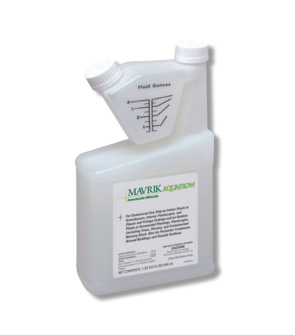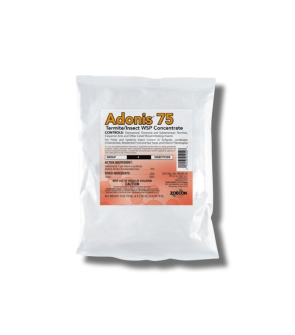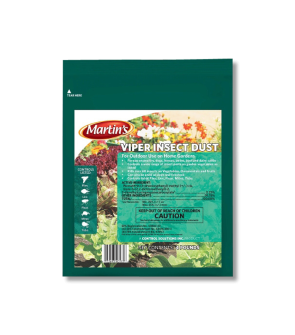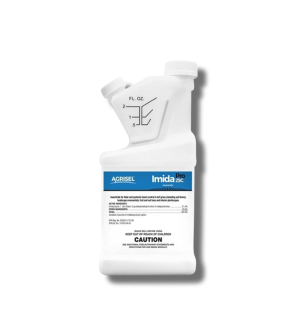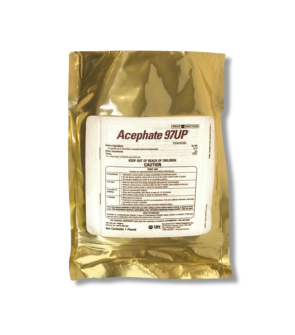Gain access to personalized product screening, the best pricing, rewards, and more!
Most Effective Products
Leafhopper Control: How To Get Rid of Leaf Hoppers
This page is an expert guide on getting rid of leaf hopper infestations using the products and methods suggested by our experienced pest control specialists. Follow this guide and use the recommended products and we guarantee you will successfully eliminate leaf hoppers from your property.
When spring comes around, many gardeners are eager to plant and grow their favorite vegetation. However, the return of warm weather also signals the return of plant-eating pests such as leafhoppers.
Leafhoppers, sometimes spelled leaf hoppers, and also commonly referred to as hoppers belong to a diverse group with at 20,000 species found worldwide. They are also known by various other names, including sharpshooters, jassids, glassy-winged sharpshooters, cicadellids, and plant hoppers. This pest got its name because of its exceptional leaping skills; it can jump up to two feet high when it feels threatened.
Leafhoppers are known to eat a wide range of plants, such as grasses, shrubs, and garden plants, and can cause some minimal damage, but the sticky, waxy honeydew they leave behind can make plants look unsightly. The honeydew can eventually cause mold and plant diseases to develop, leading to discoloration and death if there's a heavy infestation.
If you have noticed leafhoppers damaging your plants, our guide below will explain these garden pests and how you can remove them from your yard and keep them gone using our methods and professional products.
Identification
Before you can proceed with a treatment program, you need to identify and ensure that the pest you are dealing with is, in fact, a leafhopper. Misidentification can lead to using the wrong pesticides and treatment methods, which will be ineffective and waste your time and money. Below, we have shared some listed traits for leafhopper identification.

- Leafhoppers are wedge-shaped insects that range between 1/8 to 1/4 of an inch long. They have slender, elongated bodies that are either cylindrical or slightly flattened from top to bottom, and they often taper toward the rear.
- Their heads can be short and broad or long and narrow, with two large compound eyes and a pair of tiny simple eyes (ocelli) at the top of the head.
- Depending on the species, the color can vary. Some leafhoppers are simple shades of green, brown, or gray, helping them to blend into leaves and stems of nearby foliage, while others display bold patterns and vivid colors, including blue, red, yellow, and orange, often with stripes, specks, or patches.
- Leafhoppers also have short, bristle-like antennae and strong hind legs that are well-adapted for jumping, with one or more rows of fine spines running down the length of their tibiae.
- They have two pairs of wings, with the front pair being more prominent. These wings are typically transparent or slightly colored and are held roof-like over the body when at rest, creating a tent-shaped appearance. The nymphs look similar to the adults, but are wingless and rely on running and hopping to move.
- Leafhoppers can bear some resemblance to other pests like treehoppers. The key difference between leafhoppers and treehoppers are their body shapes. Leafhoppers have more simple body shapes, while treehoppers usually bear bizarre helmet-like structures that give them unique body shapes.
Use the image and description above to identify leafhoppers on your plants and around your property properly. If unsure, contact us through email or phone, or stop by in person at one of our store locations with a pest sample in a sealable plastic container. This will help us assist in proper pest identification and suggest the appropriate treatment method.
Inspection
After you have properly identified leafhoppers, you can proceed with an inspection. You will need to locate where the leafhoppers are gathering and what plants they are targeting most. This will help you determine where to focus your pesticide applications.

Where To Look
Leafhoppers are found in warmer climates in nearly any type of habitat where vegetation grows.
They frequently infest gardens, landscapes, agricultural fields, orchards, meadows, forests, and grassy areas.
Depending on the species, they can be found on specific crops such as grapes, potatoes, beans, alfalfa, rice, vegetables, fruits, grass, trees, and ornamental plants.
What To Look For
Leafhoppers thrive in warm, sunny conditions and are particularly active from late spring through early fall.
On close inspection, you might see tiny, wedge-shaped adults darting or jumping away when disturbed, or wingless nymphs crawling or hopping on the undersides of leaves.
Aside from looking for leafhopper adults and nymphs, it would be best to look for signs of plant damage.
One of the most common indicators is stippling or yellowing on leaves, which appears as small white, yellow, or pale spots where leafhoppers have sucked out the plant sap. After feeding, these pests will leave behind honeydew. Honeydew has the ability to grow into sooty mold on the plant.
Over time, heavy feeding can cause the leaves to curl, dry out, or become distorted, and in severe cases drop prematurely.
Another clear sign is the presence of hopper burn, a condition where the edges of the leaves turn brown and brittle when leafhoppers inject toxic saliva into plant tissues while feeding on the sap.
Treatment
If you have confirmed that leafhoppers infest your plants, you must treat them using professional products. Before you apply any chemicals, make sure you wear personal protective equipment (gloves, long-sleeved clothing, protective eyewear, and mask).
You will use two products: Supreme IT Insecticide and EcoVia 3-in-1 Natural Insecticide. Supreme IT repels and kills leafhoppers from your turfgrass, ornamentals, and small landscaping bushes. EcoVia 3-in-1 Natural Insecticide is used on ornamentals and listed consumable plants.
Step 1: Apply Supreme IT Insecticide To Yard and Ornamentals
 Supreme IT is a broad-spectrum insecticide labeled for treating over 70 pests, including leafhoppers. Its long residual effect can continue to control pests for up to 90 days after application.
Supreme IT is a broad-spectrum insecticide labeled for treating over 70 pests, including leafhoppers. Its long residual effect can continue to control pests for up to 90 days after application.
Measure the square footage of your lawn to determine how much Supreme IT you need to cover the entire area. Find the square footage by measuring the length and width in feet and multiplying them together (length X width = square footage).
Apply 0.25 to 0.5 oz. of Supreme IT per 1 gallon of water per 1,000 square feet.
Mix the product with water in a hose-end sprayer, backpack sprayer, or handheld pump sprayer. For larger residential properties, we recommend using a hose-end sprayer.
Spray Supreme IT over your entire yard and ornamentals via fan spray to get uniform coverage.
We also recommend you spray shrubbery and ornamentals from above and below to coat all leaf surfaces. Spray all foliage to the point of wet but not runoff. Don't forget leafhoppers hide out of view on the underside of leaves.
Spray your whole lawn, starting from the back to the front. Also, spray ornamentals and landscaping, making sure to only focus on non-edible vegetation areas.
Applications can be made to trees, trunks of woody ornamentals, shrubs, ground cover, bedding plants, foliage plants, flowers, non-bearing fruit and nut trees, and turfgrass.
It can also be applied to non-bearing crops or perennial crops that will not produce harvestable raw agricultural commodities during the season of application.
Do not let people or pets enter treated areas until the spray has completely dried.
Step 2: Apply EcoVia 3-in-1 Natural Insecticide
If you have fruit-bearing plants and trees, vineyards, and edible plants, you should apply EcoVia 3-in-1 Natural Insecticide.
EcoVia 3-in-1 Natural Insecticide is a low-odor botanical insecticide concentrate that contains EPA exempt ingredients to control various pests, including leafhoppers on ornamentals and consumable crops.
To use this product, you will need to mix it with water in a backpack sprayer, handheld pump sprayer, or mist blower.
When diluted with water, it will appear milky white. If stored below room temperature, small clumps or particles may form. This is normal and not a cause for concern.
To control leafhoppers, use 0.5 to 2.5 oz. of EcoVia 3-in-1 Natural Insecticide per 1 gallon of water.
The lower application rate can be used for light infestations and early-stage larvae activity.
Adjust your sprayer to a fan or cone-spray setting, then coat the top and bottom of leaves of plants until wet, but not to the point of runoff.
Repeat application in 24 hours if necessary.
Product diluted per the label may leave a slight oily stain when sprayed on porous surfaces such as unsealed concrete, wood, drywall, brick, stone, fabric and carpet. Essential oils can also damage certain plastics. If overspray lands on any sensitive surfaces simply rinse with water and wipe off with a clean cloth.
A small-scale test is recommended to verify safety prior to broad plant treatment, particularly when treating plants with known sensitivity to oils, and/or young, tender plants.
Prevention
Prevention is the final step in controlling leafhoppers and limiting the possibility of re-infestation. Here are some preventative measures we suggest to keep leafhoppers from being a recurring problem:
- To prevent leafhoppers in your garden, crops, and property its important to use an integrated approach. Start by removing weeds, fallen fruit/vegetable debris, and other plant debris in and around your garden as these areas serve as breeding ground for leafhoppers.
- Mow your grass at proper intervals to maintain a thick growing density, and reduce the shade cast on your lawn by trimming overgrown shrubbery and tree branches.
- Employ a proper watering schedule to provide the local grass with enough water to strengthen its roots, but not so much that will encourage weeds. Many grasses require 1 inch of water every week. Apply the water all at once in the morning so it has time to seep into the ground without evaporating in the sun.
- Installing row covers can help protect young foliage by physically blocking leafhoppers. Be sure to remove these covers as plants begin to flower and develop.
- Rotating crops and maintaining healthy soil can help make your plants resilient to pest activity. We also recommend watering with an inch of irrigation once per week, preferably early in the morning, to encourage healthier plant growth.
- Finally, make reapplications of Supreme IT and EcoVia 3-in-1 Natural Insecticide. Supreme IT has a 90-day residual, so you may reapply every 3 months. EcoVia 3-in-1 Natural Insecticide can be reapplied in 24-hour intervals as needed until leafhopper activity has been controlled.
Key Takeaways
What are Leafhoppers?
- Leafhoppers are a destructive species of pest known to suck and sap from plants and cause plant diseases such as sooty mold. While plant damage from a single leafhopper is insignificant because they are so small, they could be at risk if there is a large outbreak of them feeding on your plants.
How To Control Leafhoppers in Your Yard
- Using a combination of insecticide treatment with Supreme IT and EcoVia 3-in-1 Natural Insecticide can effectively eliminate and protect your yard and garden plants from leafhoppers.
Preventing Leafhopper Reinfestation
- Reduce leaf litter and excess debris as much as possible in your yard and gardens to eliminate overwintering sites where leafhoppers can hide. Also, be sure to maintain regular crop and plant maintenance such as watering, rotating crops, and installing row covers. Preventative applications of Supreme IT Insecticide and EcoVia 3-in-1 Natural Insecticide will ensure leafhoppers stay away from your plants.










